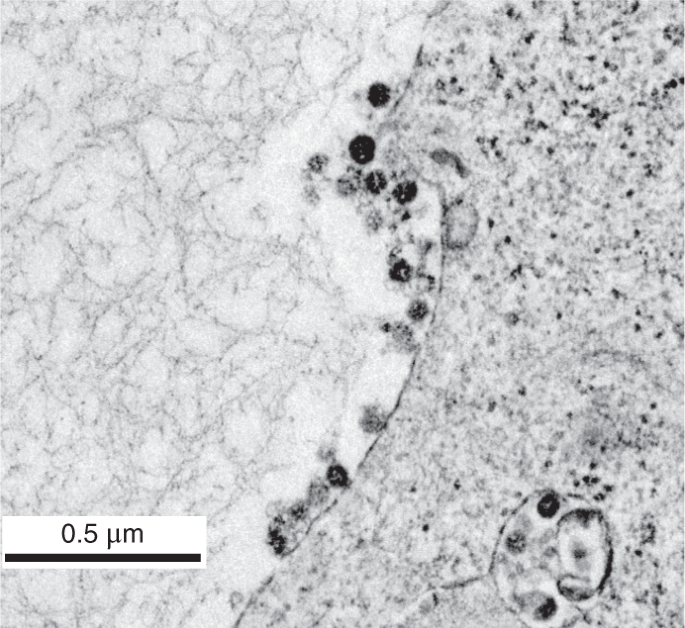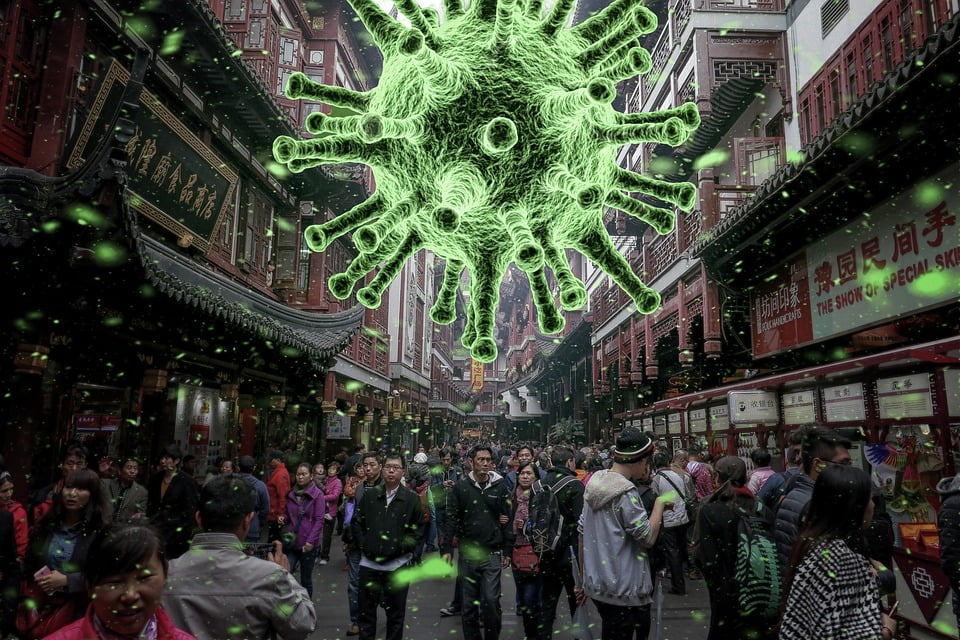A newsletter is being circulated on social networks with information that doctors from Tatarstan performed an autopsy on a person who died from coronavirus, contrary to the WHO ban, and found in the tissues of the deceased not a virus, but a bacteria exposed to radiation. We decided to check the main points of this message.
The newsletter is actively distributed on Facebook (as of November 10 exists more than 50 publications of this material), in "Odnoklassniki" And "VKontakte". Claim that coronavirus is actually a bacterium Also Can meet on various websites and in comments under materials Media.
To begin with, let’s highlight the main points of the newsletter.
— Coronavirus is not a virus, but a bacterium exposed to radiation that causes death from thrombosis.
— WHO prohibits autopsies of those who died from COVID-19, and doctors from Naberezhnye Chelny violated this ban.
— The Ministry of Health of Tatarstan has changed the treatment protocol. Now patients are prescribed 100 mg of aspirin and Imromac, which allows patients to get rid of the disease in one day. Those affected need antibiotic therapy and a drug called Aprotinin to neutralize the radiation produced by the radiation bacteria.
Let's start from the first point. Genome coronavirus in isolation sequenced immediately in several countries peace. None of them reported such a discovery. The very structure of SARS-CoV-2 - and it consists of from single-stranded RNA - indicates that this is not a bacterium. A virus, unlike a bacterium, is intracellular parasite, incapable of autonomous life outside the carrier. Moreover, the current newsletter is not the first to claim that SARS-CoV-2 is a bacterium. Previously, the “discovery” was attributed Italian scientists, a group of researchers from Yakutia And German doctors. True, only in Naberezhnye Chelny was the bacterium “exposed to radiation.” The Ministry of Health of the Republic of Tatarstan has already denied this information: “The information is entirely untrue and is not based on evidence. The message is intended to mislead citizens of the republic and generate speculation regarding the nature of the virus. We ask residents of the republic to be careful when choosing a source of information.”

As for the WHO ban on autopsies of patients who died from a new coronavirus infection, this is also untrue. The WHO website has document, regulating, and not prohibiting, the autopsy of the dead. It describes how to perform an autopsy and collection of biomaterial, transport the body, and also organize the burial process. It also specifies the requirements for lighting and ventilation of the room, the need for personnel to wear personal protective equipment, and the importance of treating tools and surfaces after the autopsy is completed. Similar document, released by the Centers for Disease Control and Prevention, is also available in the United States. In Russia, the procedure for conducting pathological studies is regulated by Temporary Methodological Recommendations issued by the Ministry of Health of the Russian Federation. IN relevant as of today, the 13th version of the document contains the following instructions: “The autopsy should be carried out as early as possible,” “During the autopsy, especially of the skull, it is necessary to exclude the formation of aerosols,” “Samples of each organ are taken for histological examination.”
Thus, the information that some regional doctors violated the ban on autopsies is simply not true. Moreover, according to words Deputy Prime Minister of the Russian Federation Tatyana Golikova, “the country practices a 100% autopsy in cases of death from infectious diseases.” This is consistent with position The Ministry of Health, as set out in the Temporary Guidelines “Study of the deceased with suspected coronavirus infection (COVID-19)”: “Canceling the autopsy is not allowed.”

As can be seen from the statement of the Ministry of Health of the Republic of Tatarstan, no new treatment protocol was adopted; the 13th version of the Temporary Recommendations is still relevant. The drug “Imromac” indicated in the newsletter is not only not mentioned in it, but also absent in the Vidal Directory of Medicines. Moreover, even a Google search does not provide any information about such a drug. It can be assumed that the authors of the newsletter simply made up such a name. Treatment of coronavirus infection with aspirin has been refuted more than once fact checkers And doctors. “Data show that in a group of patients hospitalized with COVID-19, aspirin did not reduce mortality over a 28-day period and did not reduce the risks of conversion to invasive mechanical ventilation and death,” noted in a study by British doctors.
Finally, let's look at the recommended drug called Aprotinin. Such a drug exists In fact. Used it is used to relieve withdrawal shock in opium addiction, and Also for pancreatitis, pancreatic necrosis, postpartum hemorrhage, treatment and prevention of various forms of shock. The drug does not have any antibacterial effect, the presence of which could be assumed from the text of the newsletter. It also has no anti-radiation effect on the human body.
Thus, all the theses of the verified mailing list are false, and the text itself is a fake that misleads people. Coronavirus is still a virus for which there is no generally accepted specific treatment yet. At the same time, for symptomatic treatment, the 13th version of the Temporary Recommendations has been developed, which is successfully used by Russian doctors.

Fake
Read on the topic:
- “Italian-German” fake about coronavirus has evolved to “Tatar”
- Fake: It’s enough to drink aspirin to recover from coronavirus
If you find a spelling or grammatical error, please let us know by highlighting the error text and clicking Ctrl+Enter.






